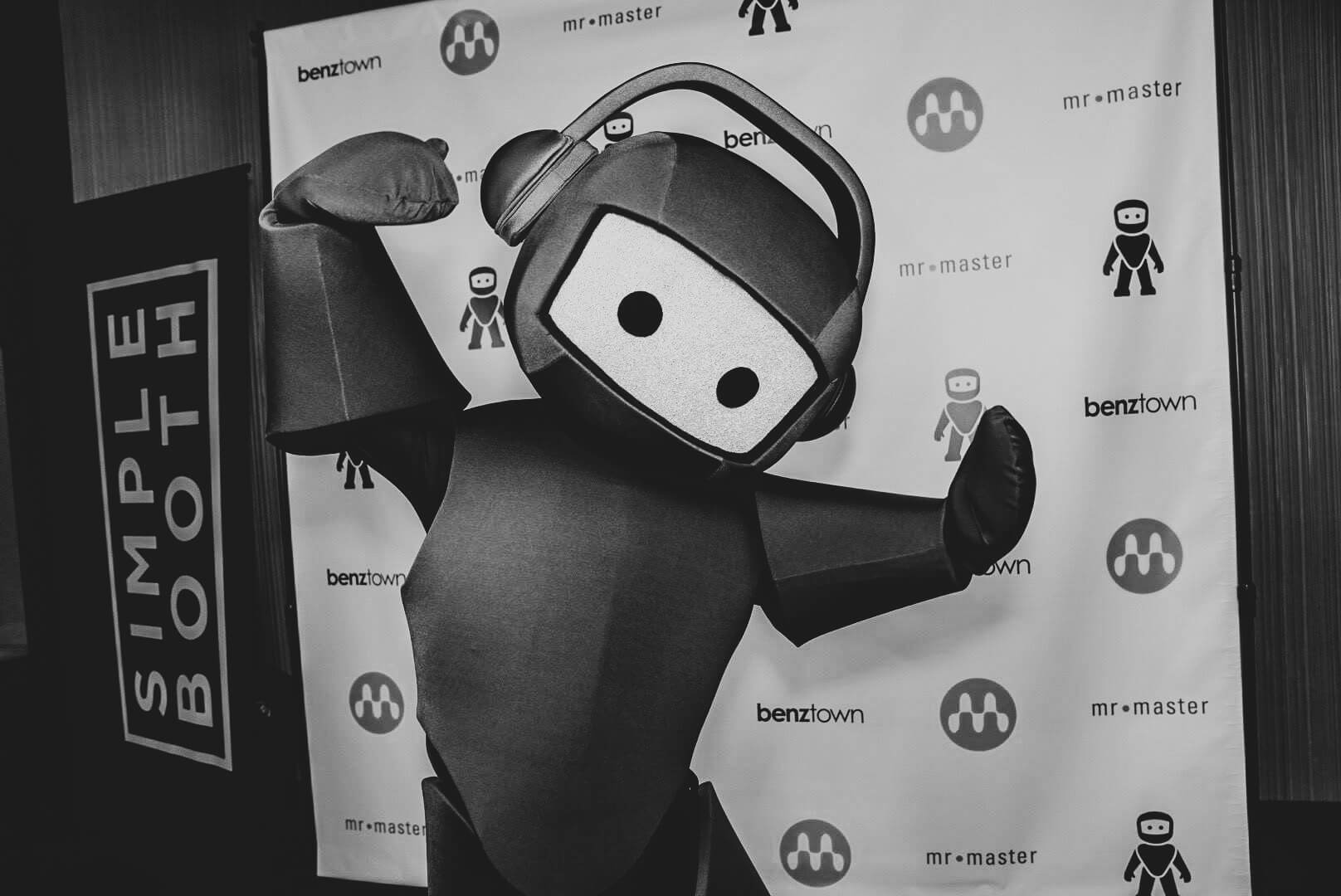Get an Imaging Superstar or The Nic Kelly Files!
Nic Kelly from Oz. Right, there was this 15 year old self marketing imaging genius. In my opinion, Nic is one of the guys, who will rock the imaging scene in the future. I know no guy having his age, who has the same skill set and industry connections. There are great imaging guys, who give feedback to Nic about his work like David Konsky and many others. Nic is a master of self marketing, but also a great imaging talent. Becuase we really believe in his talent, Mike Santos, Oli and I decided to offer Nic the chance to get an Imaging superstar even faster and improve on a weekly basis by getting detailled feedback on productions, challenges, reviews and and and. I won’t call it an education program, because it is far more than that. Why? See the new category on the left – yes, Nic will have his own category on our blog to let you guys know what he did in the last weeks, what he created and achieved. His first post is about beatmixing in Adobe!
[soundcloud width=”100%” height=”81″ params=”” url=”http://api.soundcloud.com/tracks/15776510″]
Enter Nic and Adobe Audition!
BEATMIXING IN ADOBE AUDITION- With the lack of a simple grid mode, many users find it quite difficult to beatmix in Adobe Audition. However, there’s actually a fairly simple way of beatmixing in Adobe. Here’s a step by step guide to get the beats matched up and ready to go.
1. Mark out four beats in your drum loop(s) that you’re beat-matching to. Make sure they’re exactly four beats, and the best way to do that is make sure the selection marker on the start of the four beats is on an identical part of the waveform to the end of the marker, four beats later. Also, isten to them over and over in loop play mode. If they sound right and look right, you should be fine.
2. This is an optional – but to make it easier, I time/pitch stretched the four beats to an exact time, so instead of 2.434 seconds, I compressed it to 2.4 so it’s easier to remember.
3. Highlight exactly four beats of the first song you’re mixing in to the beatmix. It doesn’t have to be the first four beats of the part you’re mixing – any four beats in the song – and your best bet is a clean part of the song, usually the intro or first verse is good for that.
4. Open ‘Stretch’ and select time compression/expansion with the pitch remaining the same. Type the length of the 4 beats of your backbeat in to the “length” box. Then, copy down the ratio and press close on the Stretch function.
5. Highlight the whole waveform of the song and open the Stretch function again. Paste the ratio into the ratio box and hit OK.
6. Repeat the process for every song you’re using in the mix.
7. Your tracks are ready to beatmix! A few cool things to do in beatmixes:
1. Stutter edits – highlight one beat and repeat the one beat twice, then half the beat four times, quarter beat eight times and eighth of the beat sixteen times. It’s certainly worth getting right for a good effect.
2. Reverse reverb – Get the first beat of the track and reverse it, apply a reverb of around 5 seconds (Medium Hall setting in RVerb set on around 30% is good for this, thanks to Rachel McGrath for that tip!) then reverse again. Then experiment with a flange or Enigma style plugin on the tail.
3. EXPERIMENT! Try every plugin and manual effect you can and try to get a cool sound. Remember, the beatmix should all be about a demonstration of what your station plays, so don’t go overboard on effects to the point the song isn’t recognizable. I’d love to hear some of your tricks and tips for beatmixing, post in the comments here! Happy Beatmixing!
Nic Kelly
;)